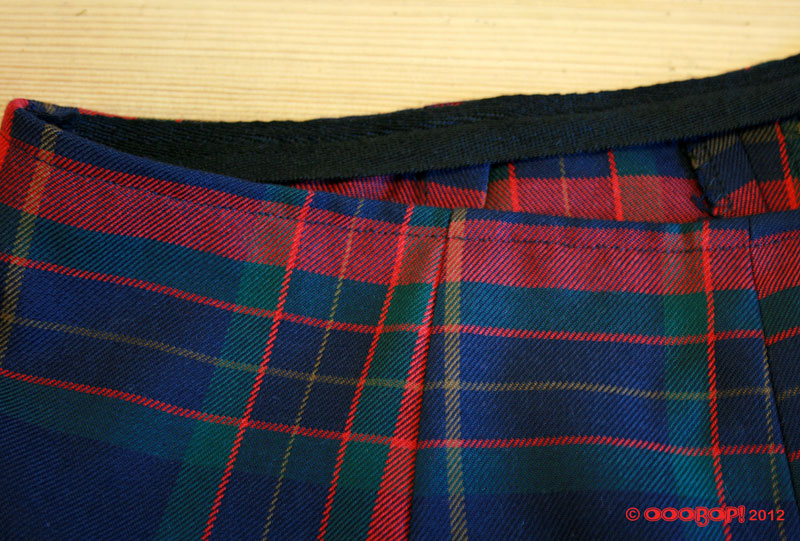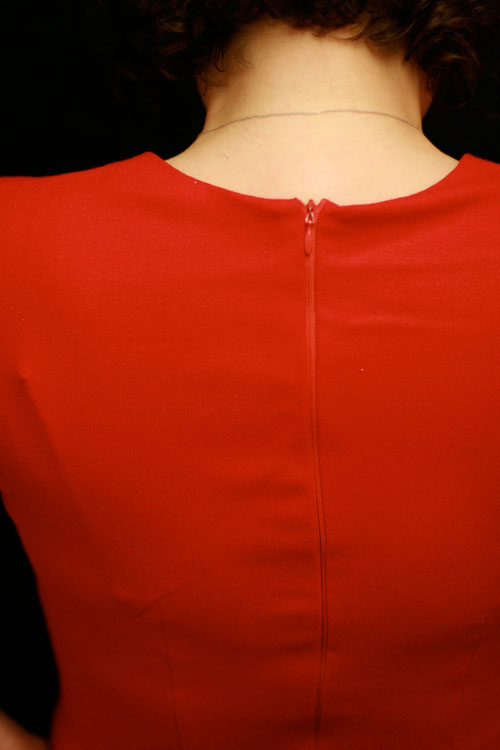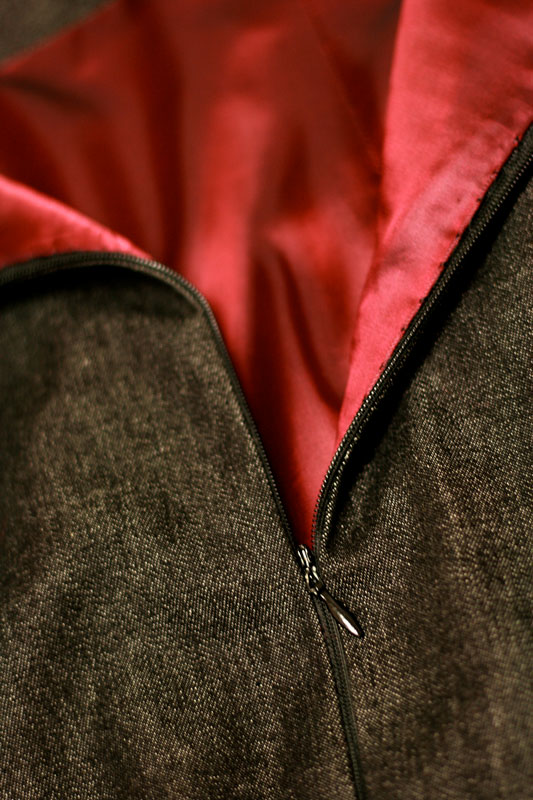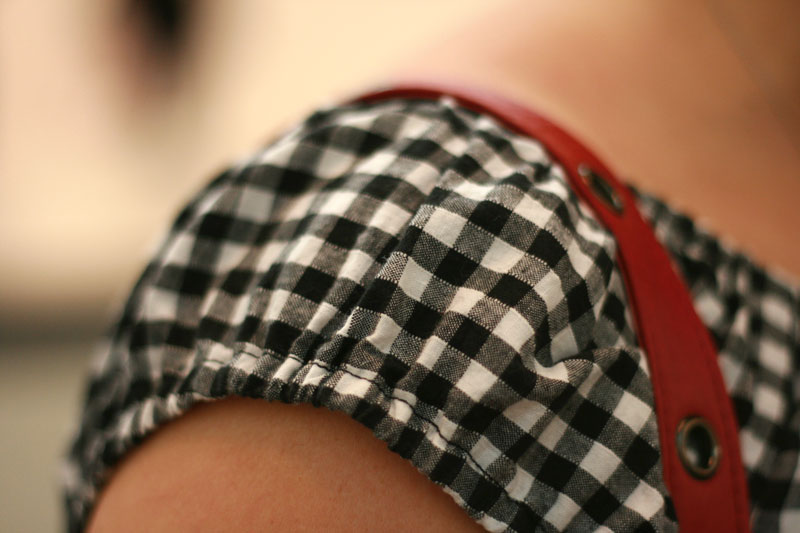Rocking up, fashionably late for Karen’s pyjama party but with good reason. This pair of pjs was one of Mr Ooobop’s birthday pressies and couldn’t be properly revealed until yesterday.
I sewed them in secret and so I was over the moon when they were so gratefully received! This was my first sewalong and my first pair of pjs… and my first time using a side-cutter!
Karen did a great job of providing a stress-free and leisurely sewalong. Just the ticket for someone who, like me, has taken on far too much recently… but who can’t resist an extra sewing project! And hey… it helped to solve what to buy the most-difficult-to-buy-for boyf, for his birthday.
I started the project armed with lots of tracing paper and an old pair of pjs from ‘Marks Expensives’, intending to draw round them and create my own pattern but this proved to be trickier than I thought so I headed to Jaycotts sewing patterns for an easier option. I don’t know if you’ve ever checked out the envelopes in the general nightwear section but there are some hilarious options even ones that include doggie loungewear!
Anyhows I narrowed the selection down to these two:


I set out to use Simplicity S9871 but when I realised how big that one pattern piece was, I changed my mind! My kitchen table just wasn’t big enough! So I decided on Simplicity S2317 instead, only real difference being, it had front and back leg, with side seams. But what I did like about S9871 was the drawstring feature. It just involved adding a couple of vertical buttonholes at the front, before making the casing. The drawstring was threaded through after the elastic. Turning a 1cm wide tube of 66 inch fabric inside out, I’m sure took longer than making the pjs themselves!
I used a lovely brushed cotton shirting fabric, cream with red and navy checks. It feels so lovely and reminds me of my bedsheets when I was little! It sewed up beautifully. I enjoyed using my side cutter foot for this project. It acts like a serger and cuts 1cm of fabric as it ‘overlocks’…genius! The only not-genius thing about it was unpicking an overlocked seam when I realised I’d sewed wrong sides together, doh! Wont be making that mistake again!






































